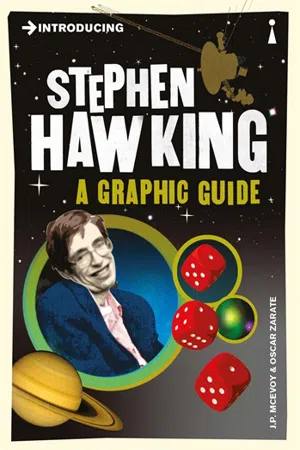
- 176 pages
- English
- ePUB (mobile friendly)
- Available on iOS & Android
About This Book
'An ideal introduction [to Stephen Hawking]' - Independent 'Astonishingly comprehensive - clearer than Hawking himself' - Focus
Stephen Hawking was a world-famous physicist with a cameo in The Simpsons on his CV, but outside of his academic field his work was little understood. To the public he was a tragic figure - a brilliant scientist and author of the 9 million-copy-selling A Brief History of Time, and yet spent the majority of his life confined to a wheelchair and almost completely paralysed.Hawking's major contribution to science was to integrate the two great theories of 20th-century physics: Einstein's General Theory of Relativity and Quantum Mechanics.J.P. McEvoy and Oscar Zarate's brilliant graphic guide explores Hawking's life, the evolution of his work from his days as a student, and his breathtaking discoveries about where these fundamental laws break down or overlap, such as on the edge of a Black Hole or at the origin of the Universe itself.
Frequently asked questions
Information
The Luckiest Man in the Universe
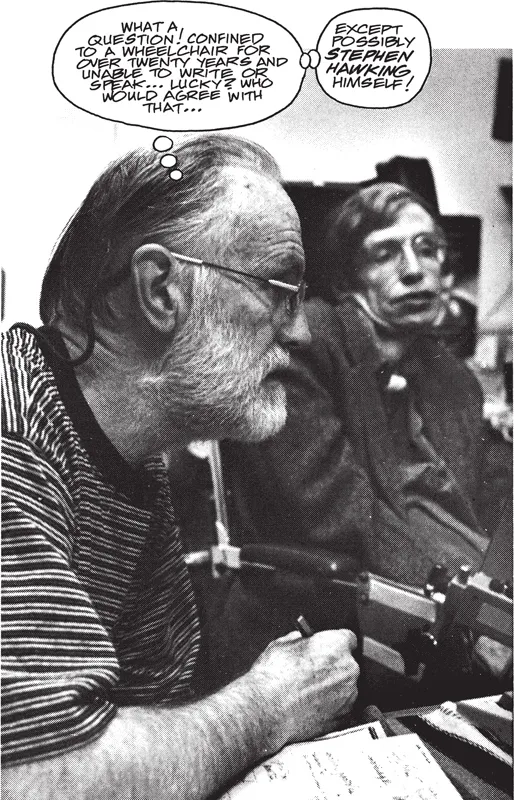

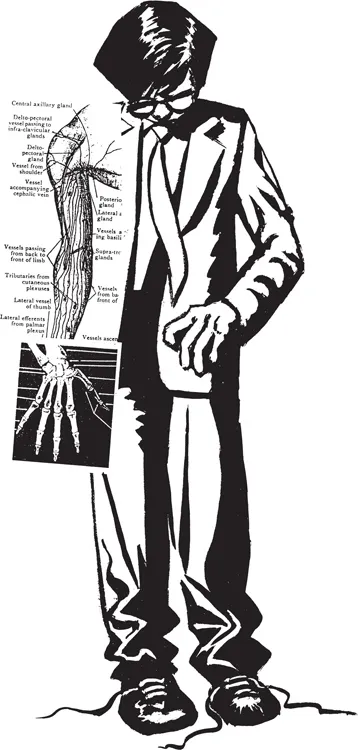
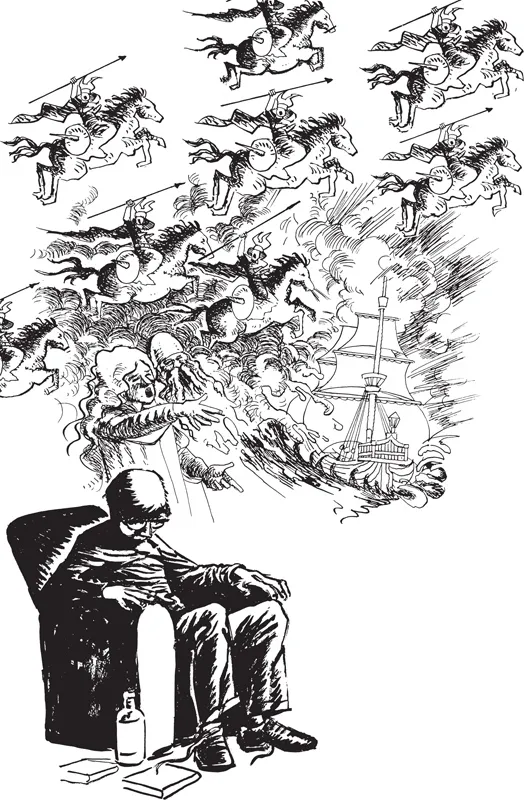
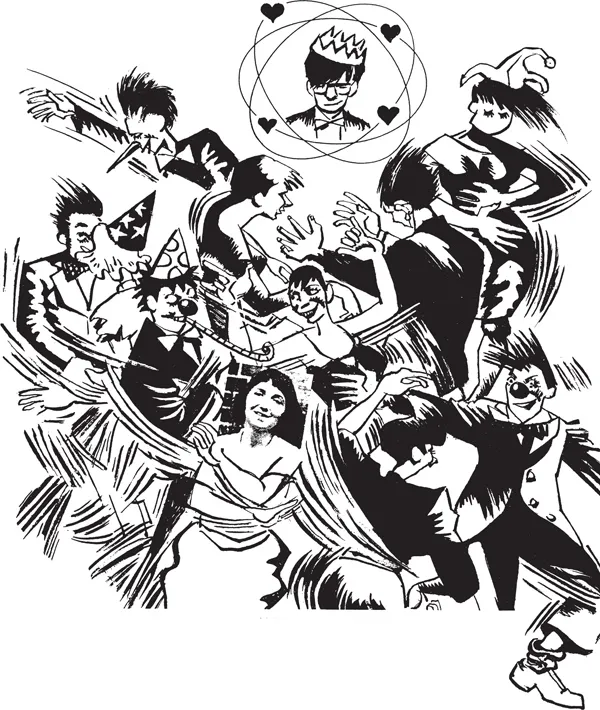

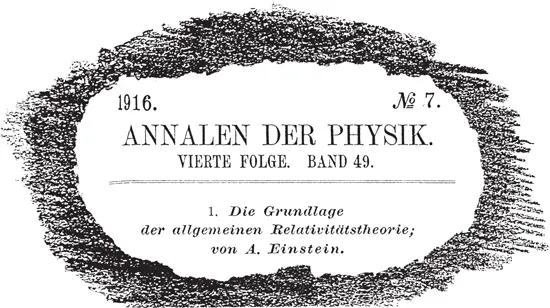
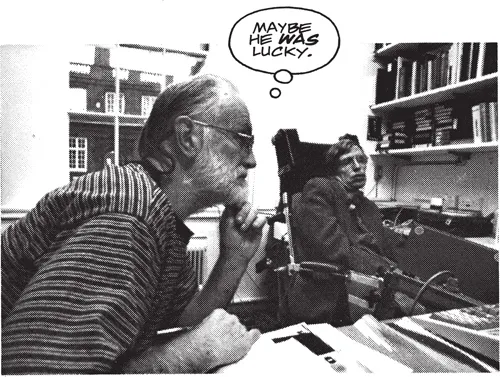

The General Theory of Relativity


- First, major breakthroughs in observational astronomy – reaching out to the most distant galaxies – have made the Universe a laboratory to test cosmological models
- Second, Einstein’s general relativity has been proven over and over again to be an accurate and reliable theory of gravitation throughout the entire Universe.
Table of contents
- Cover
- Title Page
- Copyright
- Contents
- The Luckiest Man in the Universe
- The General Theory of Relativity
- Newton: The Concept of Force
- Four Kinds of Force in the Universe
- The Principia: Describing Newton’s Universe
- Newton and Hawking
- The Concept of Mass
- Albert Einstein, the Saviour of Classical Physics
- Einstein and Hawking
- Einstein’s Happiest Thought
- Finding the Right Equation
- The Field Equations – What do they mean?
- Visualising Curved Space: the Rubber Sheet Model
- The Bending of Starlight: Eclipse of 29 May 1919
- Solving Einstein’s Equations: Hawking’s Starting Material
- 1) The Schwarzschild Geometry
- The Critical Radius
- 2) Friedmann: the Expanding Universe
- Precursor to the Big Bang: Lemaître’s Primordial Aim
- 3) Oppenheimer: on Continued Gravitational Collapse, 1939
- 1 September 1939
- 1942 … A Turning Point in the Story
- The Death of Einstein
- The Hawking Era
- The Unselfish Thesis Supervisor
- Something You Need to Know: What is a Singularity?
- The Evolution of the Universe
- 1965: a Big Year for Hawking
- An Unstoppable Mind
- The Sixties Revolution
- Dallas 1963
- Something You Need to Know: the Electro Magnetic Spectrum
- 1963: Quasars
- 1965: the Cosmic Background Radiation
- Something You Need to Know — Thermal Radiation
- History of the Universe
- Black Holes — Wheeler Gives the Media a Buzz Word
- The Age of Black Holes
- What is a Black Hole ?
- The Birth and Death of Stars
- The Laws of Thermodynamics
- How Stars Collapse to Form White Dwarfs, Neutron Stars & Black Holes
- Observational Evidence for Black Holes
- The 1970s: Hawking and Black Holes
- Hawking’s Eureka Moment
- Now Back to Black Holes …
- Controversial Birth of a New Idea
- August 1972, Les Houches Summer School on Black Hole Physics
- The Uncertainty Principle & Virtual Particles
- February 1974, The Rutherford- Appleton Laboratory, Oxford
- Hawking and the Vatican – a Modern Day Galileo
- Hawking and the Early Universe
- Why Do We Need Quantum Theory?
- Quantum Cosmology
- Quantum Gravity or TOE
- Quantum Cosmology and Complex Time
- Waves and Particles: Nature’s Joke on the Physicists
- The Strange World of Quantum Mechanics
- Quantum Cosmology: Applying Schrödinger’s Equation to the Universe
- DAMTP: 17 February 1995
- Inflation
- Inflation and Quantum Fluctuations
- The Anthropic Principle
- Hawking’s Nobel Prize
- COBE: the Greatest Discovery of All Time (?)
- Further Reading
- Acknowledgements
- Index